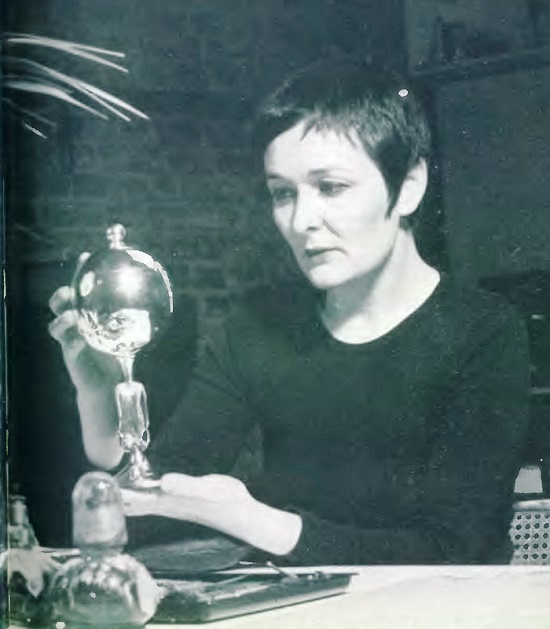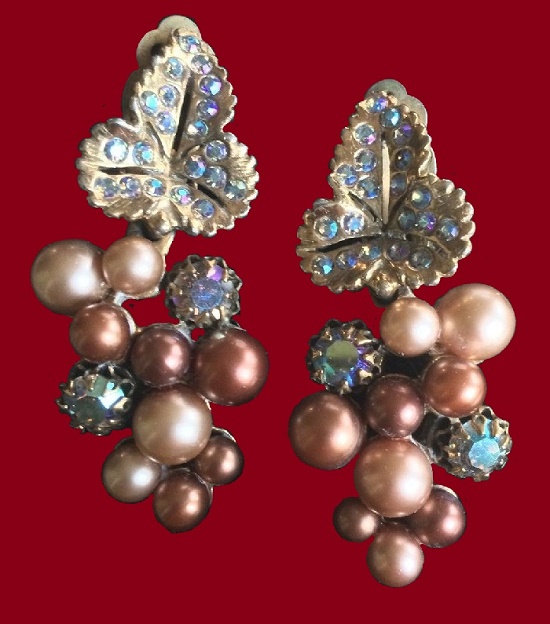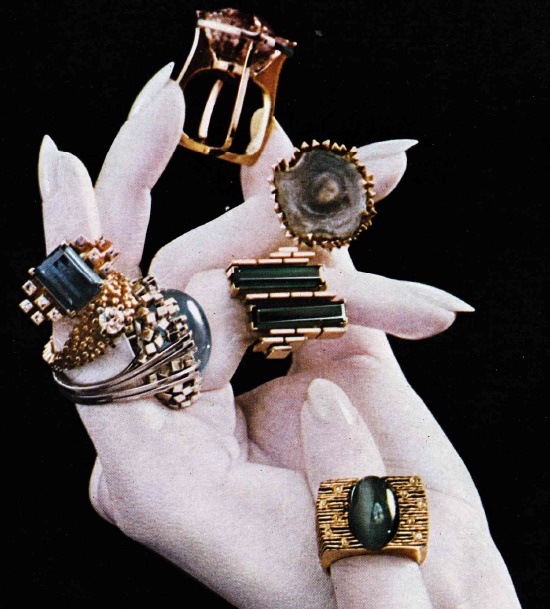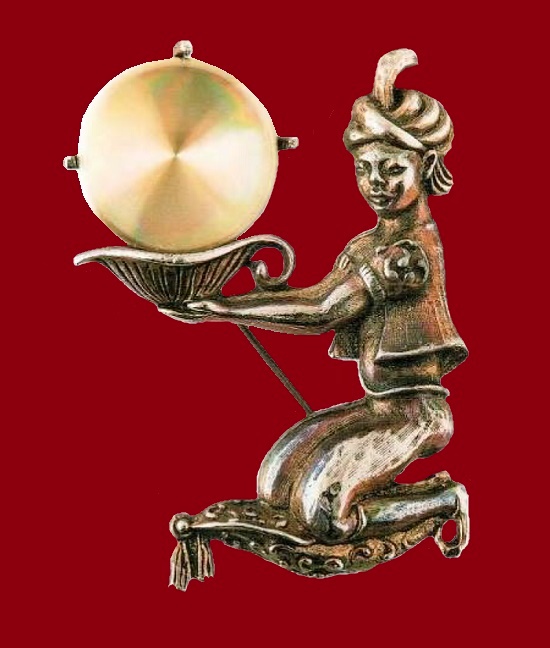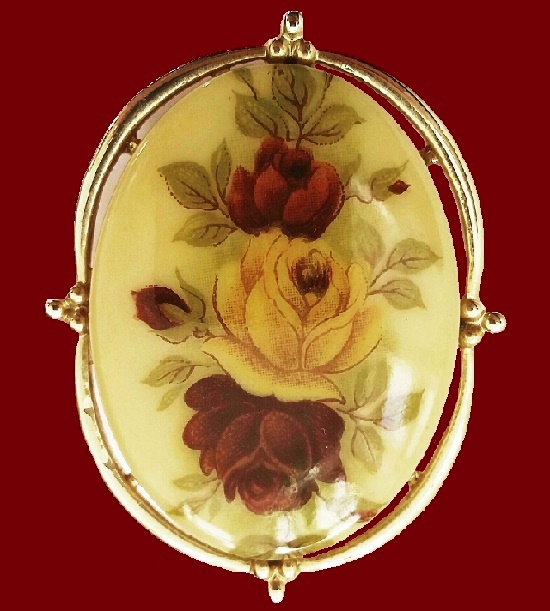British goldsmith jeweler Jocelyn Burton
British goldsmith jeweler Jocelyn Burton
Born Sara Jocelyn Margarita Elissa Burton in 1946, she belongs to a generation of graduates of art schools of the 1960s, fascinated by the possibilities of organic materials. In particular, stained wood, corals, tree bark, etc. She launched her jewelry workshop in London in 1971. Noteworthy, Jocelyn became the first female Freeman at the Worshipful Company of Goldsmiths (1974), and she also became a Freeman of the City of London.
According to the designer, she was overwhelmed by the desire to twist and bend. At some point she was drawn to creating simple, more massive forms.
“When I stopped painting and went into the art of jewelry, she says, I had a feeling that no one had done anything like that. Indeed, her current works are original, at least not like everything else, some of her ideas seem so natural, that you wonder how it never occurred to anyone before to do the same thing.
Jocelyn Burton died on 5 April 2020, at the age of 74.
More »
